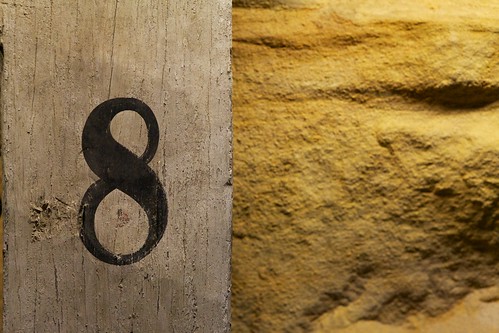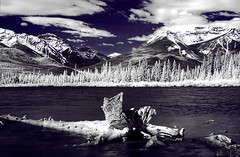Here’s a list of books to use when teaching CNF. It’s not exhaustive, but it’s a good start. This list originally grew out of a discussion by members of the Creative Nonfiction Collective (CNFC). Members of “Essaying the 21st Century” (on Facebook) have added to it as well. If you have suggestions, feel free to send me a note or add a comment.
Atkins, Douglas. Tracing the Essay
Barrington, Judith. Writing the Memoir
Birkerts, Sven. The Art of Time in Memoir: Then, Again
Bradway, Becky and Hesse, Douglas, eds. Creating Nonfiction: A Guide and Anthology
Castro, Joy. Family Trouble: Memoirists on the Hazards and Rewards of Revealing Family
D’Agata, John, ed. Lost Origins of the Essay
–, ed. The Next American Essay
DeSalvo, Louise. The Art of Slow Writing
–. Writing as a Way of Healing
Fakundiny, Lydia, ed. Marcela Sulak and Jacqueline Kolosov. The Art of the Essay
Forché, Carolyn and Gerard, Philip. Writing Creative Nonfiction: Instruction and Insights from Teachers of the Associated Writing Programs
Gornick, Vivian. The Situation and the Story.
Gutkind, Lee, ed. In Fact: The Best of Creative Nonfiction
–. You Can’t Make This Stuff Up
Iversen, Kristen. Shadow Boxing: Art and Craft Creative Nonfiction
Kaplan, Beth. True to Life: 50 Steps to Help You Tell Your Story
Karr, Mary. The Art of Memoir
Kidder, Tracy and Todd, Richard. Good Prose, the Art of Nonfiction
Lazar, David, ed. Truth in Nonfiction: Essays
Lopate, Phillip, ed. The Art of the Personal Essay
–. To Show and To Tell: The Craft of Literary Nonfiction
MacDonnell, Jane Taylor. Living to Tell the Tale
Miller, Brenda and Paola, Suzanne. Tell it Slant
Moore, Dinty. Crafting the Personal Essay: A Guide to Writing and Publishing Creative Nonfiction.
–, ed. The Rose Metal Press Field Guide to Writing Flash Fiction: Tips from Editors, Teachers, and Writers in the Field
–. The Truth of the Matter: Art and Craft in Creative Nonfiction.
Rainer, Tristine. The New Autobiography
Root, Robert. The Nonfictionist’s Guide.
Roorbach, Bill. Writing Life Stories
Silverman, Sue Williams. Fearless Confessions: A Writer’s Guide to Memoir
Sims, Patsy. Literary Nonfiction: Learning by Example
Singer, Margot and Nicole Walker, eds. Bending Genre: Essays on Creative Nonfiction
Sulak, Marcela and Jacqueline Kolosov. Family Resemblance: An Anthology and Exploration of 8 Hybrid Literary Genres
Thompson, Craig. Blankets
Tredinnick, Mark. The Land’s Wild Music
Williford, Lex and Michael Martone, eds. Touchstone Anthology of Contemporary Creative Nonfiction: Work from 1970 to the Present
Yagoda, Ben. Memoir: A History
Zinsser, William. Inventing the Truth: The Art and Craft of Memoir
–. On Writing Well: The Classic Guide to Writing Nonfiction.






